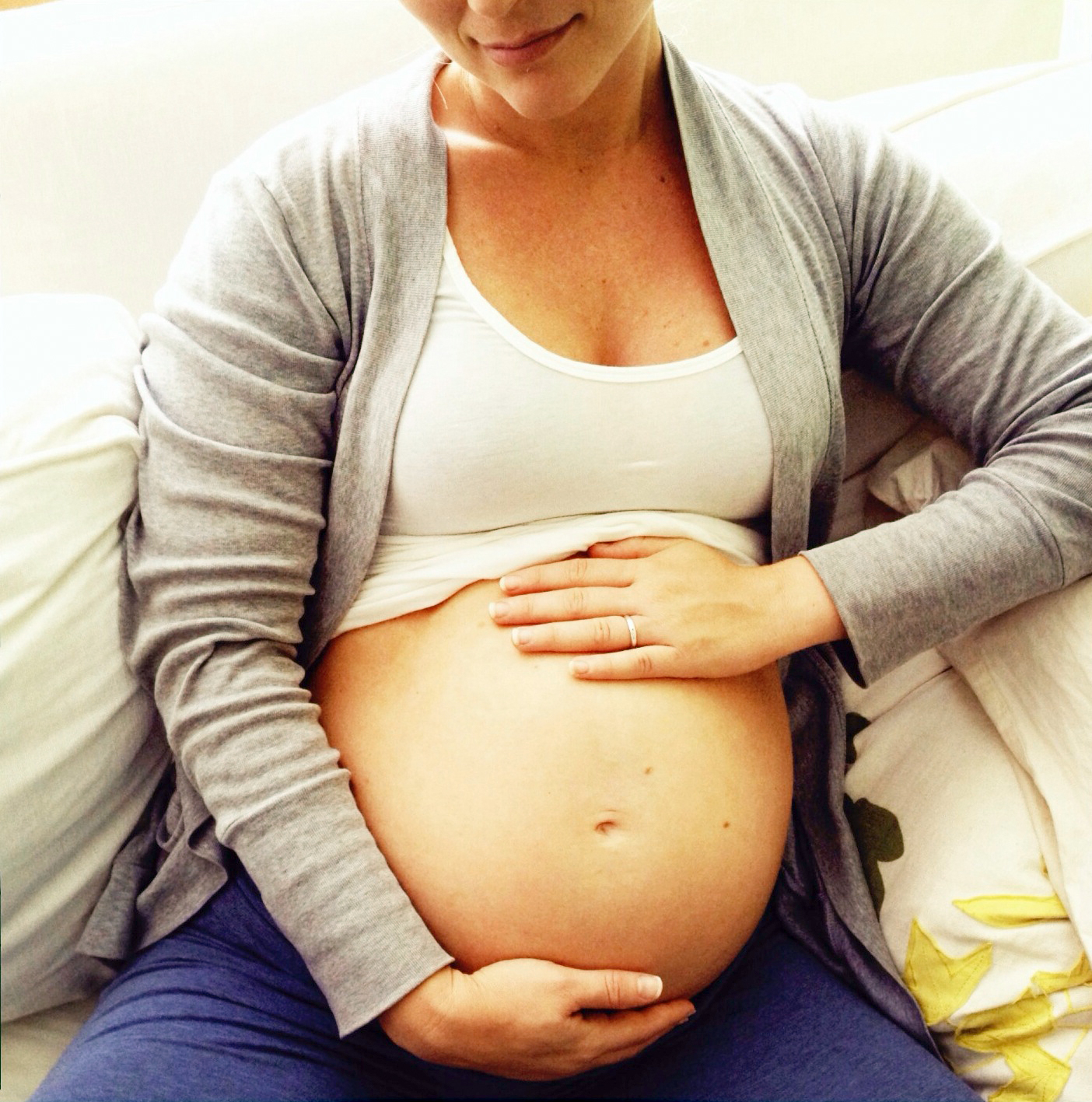The use of opioid drugs in women of childbearing age has become a pressing public health concern. It is clear that opiate use during pregnancy puts the mother and child at risk; opiate use during pregnancy has been associated with increased risk for oral clefts, neural tube defects, gastroschisis, congenital heart defects, and ophthalmic problems. Obstetrical complications are more common in women using opioids during pregnancy and include maternal cardiac arrest, intrauterine growth restriction, placental abruption, preterm labor, and stillbirth. While there has been a push to limit use of opiates during pregnancy, we lack information regarding the reproductive safety of some of the medications used to treat opiate addiction, including buprenorphine and naltrexone.
Buprenorphine is a semisynthetic opioid used for pain management and to treat opiate additction. It is available in a variety of formulations, including Subutex, Suboxone (with naloxone), Temgesic (sublingual tablets for moderate to severe pain), and Buprenex (intravenous solution used for acute pain). While opiate drugs are associated with certain risks to both the mother and the fetus when taken during pregnancy, we have limited information regarding the safety of buprenorphine.
Previous studies have observed that about 60% of buprenorphine-exposed newborns develop neonatal abstinence syndrome (NAS). Data regarding the physical health of infants with prenatal buprenorphine are sparse. In a recent prospective study, researchers examined the health of 102 children prenatally exposed to buprenorphine. The study population included 102 children in Finland who had a positive urine screen for buprenorphine as a newborn. The data were collected by pediatricians in follow-up visits and medical records until 3 years of age.
Ten of the buprenorphine-exposed children (10%) had a birth defect, a rate higher than observed in the general population of newborns in Finland (3.6%). The birth defects of buprenorphine-exposed children occurred in different organs and were not concentrated in one specific organ system. Eye disorders (nystagmus, opticus atrophy, and strabismus) occurred in 11% of the exposed children. One female died of sudden infant death syndrome (SIDS), and one male died of congenital heart disease.
These findings are concerning; however, it should be noted that many of these children were exposed to other substances and behaviors which may contribute to these poor outcomes. All of the children with congenital malformations were prenatally exposed to other substances, most commonly benzodiazepines, tobacco, and cannabis. Lack of prenatal care and decreased use of prenatal vitamins may also play an important role here.
Also concerning is the finding that pediatricians submitted a total of 70 reports to child welfare services for suspected maltreatment. Of these reports, 45 (64 %) involved medical neglect. Physical abuse was suspected in four reports.
While this study is relatively small, it clearly defines mothers taking buprenorphine and their children are a population at risk for a constellation of adverse outcomes. It is still unclear whether these outcomes are due to exposure to buprenorphine or may be related to exposures to other substances or environmental factors. What we do know is that this population is in need of greater support and more intensive services.
Furthermore, research indicates that substance abuse assessment and treatment integrated with prenatal care can improve both maternal and neonatal outcomes among women at high risk for substance abuse. Although this type of program may seem costly, the authors comment that by reducing potentially costly negative outcomes, the Early Start program is cost-effective. The American College of Obstetrics and Gynecology states that treatment is more effective and less expensive than restrictive policies. The authors note that prior to Early Start, women identified with substance abuse problems were typically counseled to stop using and were referred to treaters outside the obstetrics department but generally did not follow up with substance abuse treatment. The availability of an expert who specializes in the treatment of substance abuse during pregnancy within the obstetrics clinic helps to remove many of the barriers that can hamper substance abuse treatment.
Ruta Nonacs, MD PhD
Kivistö K, Tupola S, Kivitie-Kallio S. Prenatally buprenorphine-exposed children: health to 3 years of age. Eur J Pediatr. 2015 Nov;174(11):1525-33.








can I please get some advice or talk with someone please